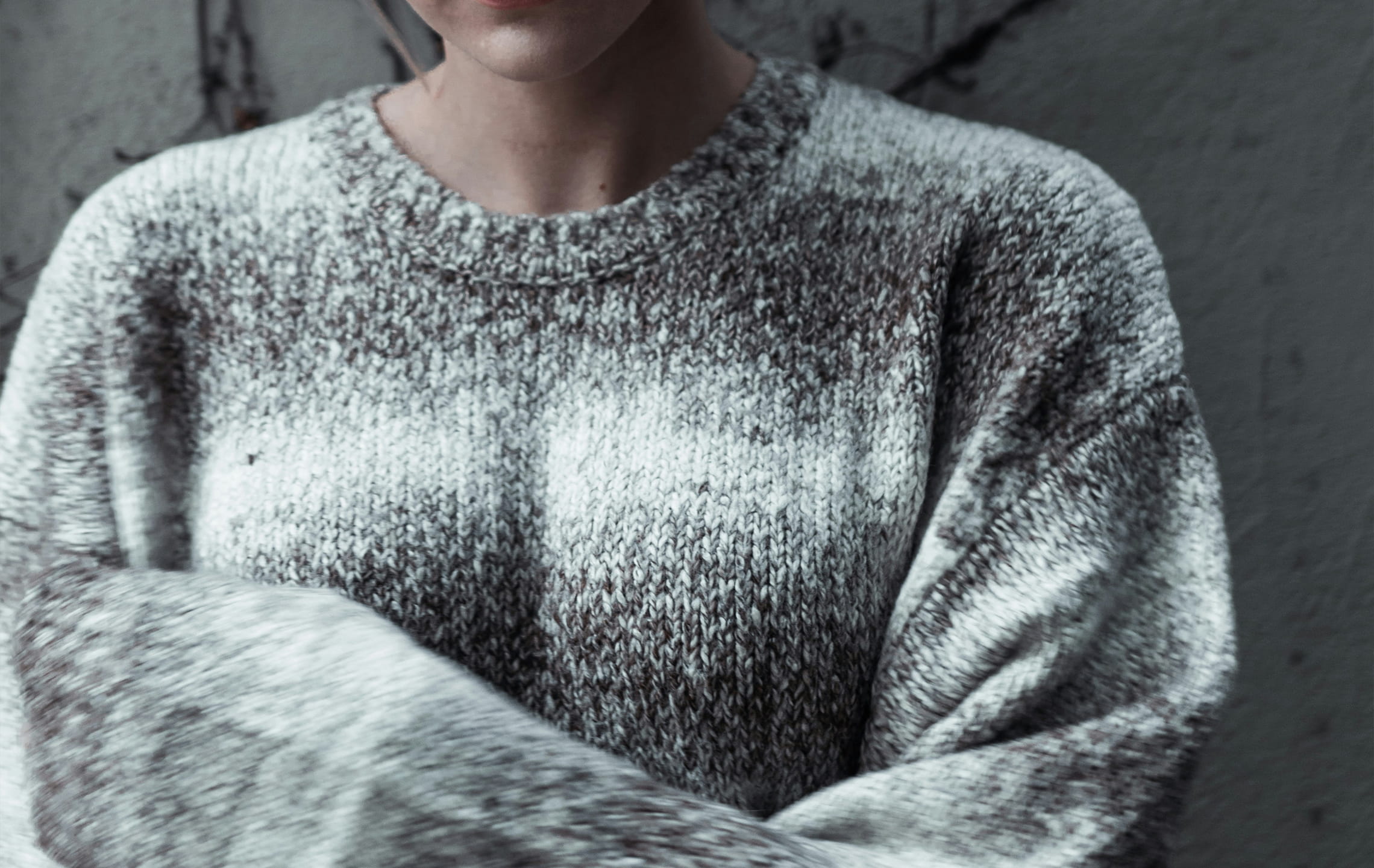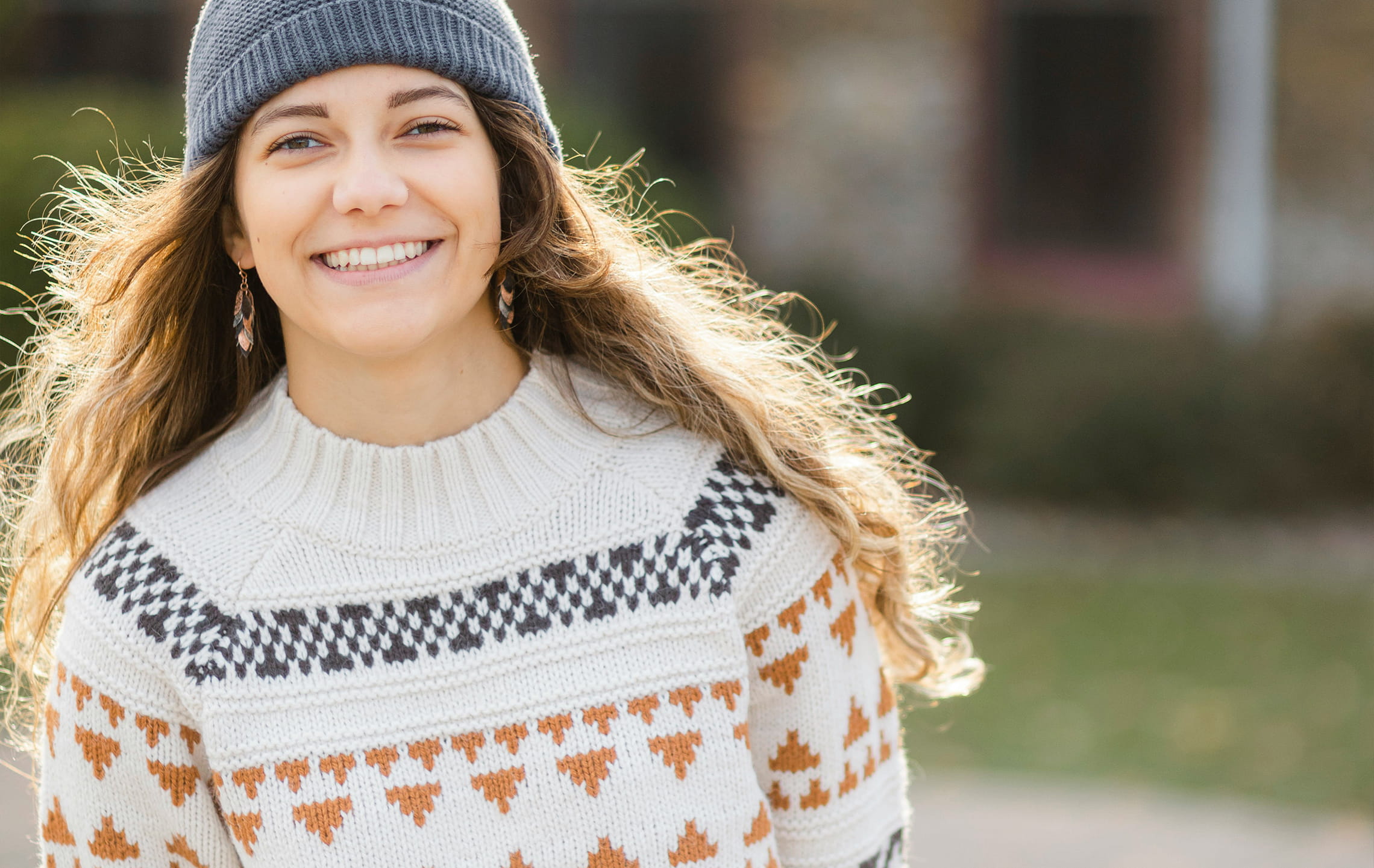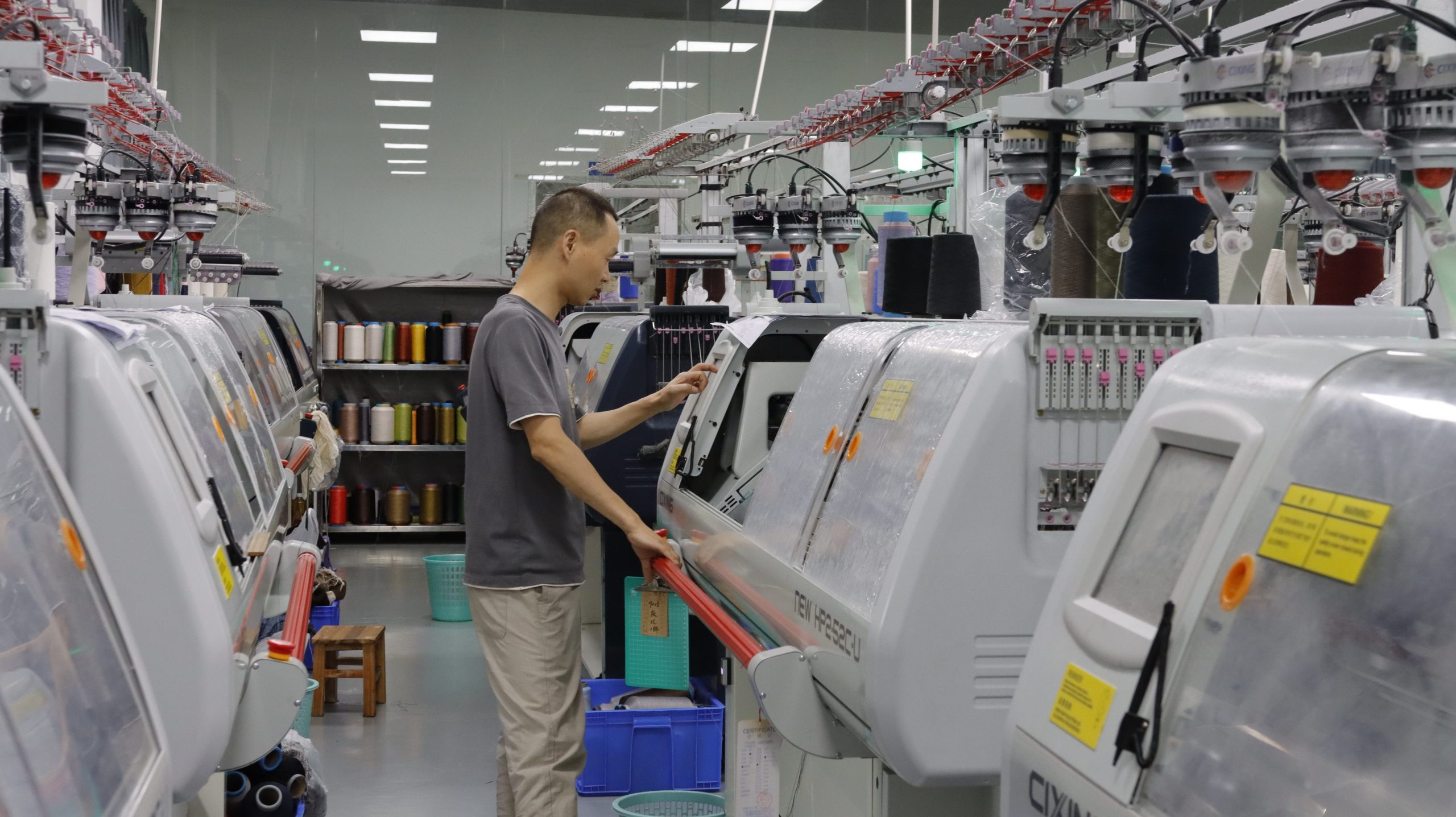Source of linen yarn
Flax yarn, a fiber derived from the flax plant, is notable for its unique natural lightness. The origin of flax fibers can be traced to the stems of flax plants, which are widely cultivated in Europe, Asia, and North America. The flax plant is known for its hardy, resilient properties, making it a sustainable and environmentally friendly source of fiber.
Flax plants are usually sown in the spring, followed by growth during the summer and early fall. When the stems of flax plants have reached the proper maturity, they are usually harvested before the flowers begin to open. This timing is critical to the quality of the flax fiber.
Once harvested, the stems of the flax plant undergo a series of processing steps to extract the fiber. This includes treatments such as degumming, water soaking, peeling and combing. Eventually, the fibers are extracted and can be used to make linen yarn.
Characteristics of linen yarn
Linen yarns stand out for their excellent air permeability and moisture absorption, becoming a valuable resource for the fashion and textile industries. The unique properties of this yarn make it especially popular in summer clothing.
The excellent breathability of linen yarn makes it ideal for hot seasons. Tiny pores inside the fibers allow air to flow freely, allowing the body to breathe and avoiding excessive sweating and discomfort.
Linen yarn has excellent moisture absorption. It absorbs sweat and moisture quickly, expels it quickly, and keeps the inside of the clothing dry. This not only helps to reduce the production of odors, but also avoids unnecessary discomfort and makes for a pleasant experience in hot weather.
Linen yarn also has a fast drying property, which means it can quickly return to a dry state after washing. This not only facilitates maintenance, but also provides convenience during travel and outdoor activities. You don’t have to wait too long to put on the washed linen fabric, ensuring comfort and convenience.
Use of linen yarn
Linen yarn has significant advantages in the application of summer clothing and home textiles, making it an ideal choice for hot summer days.
Flax fibers are naturally breathable and help keep the body cool and comfortable. Summer clothing is often made of linen yarns, such as loose shirts, summer skirts and lightweight coats, which are not only beautiful, but also feel refreshing.
Linen textiles such as sheets, pillowcases, and duvet covers help promote a good quality of sleep as they help regulate body temperature and keep you cool on hot nights. In addition, linen yarn is often used in summer curtains and sofa covers, adding a relaxed and natural atmosphere to the home environment.
Linen yarn of different quality levels
The growing area of the hemp yarn has a significant effect on its quality. Flax plants from different regions have different climate and soil conditions, which directly affect the quality of the fiber.
In general, flax plants grown in cold regions such as northern Europe and Canada produce thinner, softer fibers, and are often considered high-quality yarn raw materials for flax.
Secondly, the quality of linen yarn is also related to the length and diameter of the fiber. Flax with long fibers is easier to spin into a fine yarn, while coarser fibers may result in a rough finished product. Therefore, high-quality linen yarns usually use longer, finer fibers to ensure the softness and durability of the fabric.
Subsequent processing also has an important impact on the quality of linen yarn. Fine spinning and weaving techniques transform high-quality flax fibers into outstanding fabrics. At the same time, dyeing, finishing and post-treatment can also improve the appearance and feel of linen fabrics.
Choosing high-quality linen yarns ensures the fabric has excellent texture, softness and durability, and is therefore highly prized in fashion design and textile manufacturing.

 English
English Deutsch
Deutsch Français
Français Italiano
Italiano Español
Español Русский
Русский Polski
Polski Nederlands
Nederlands Svenska
Svenska

